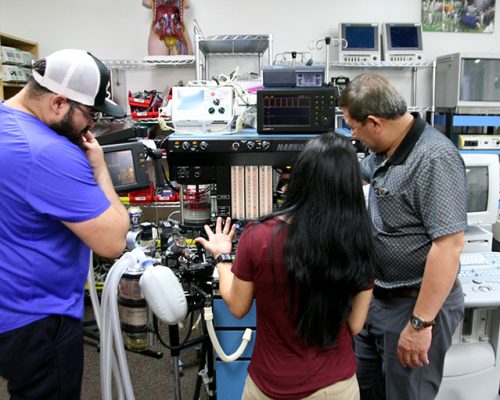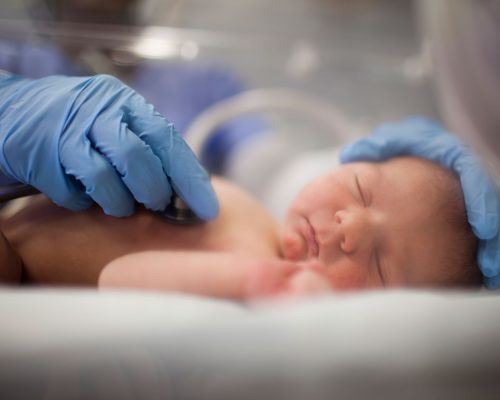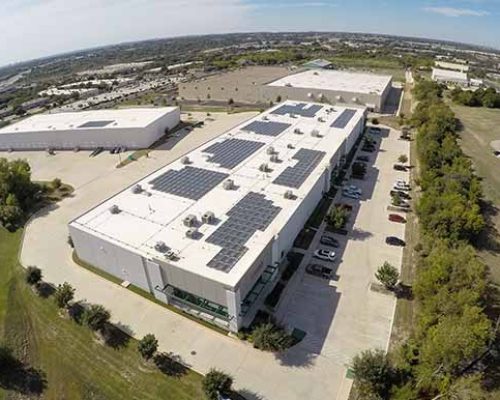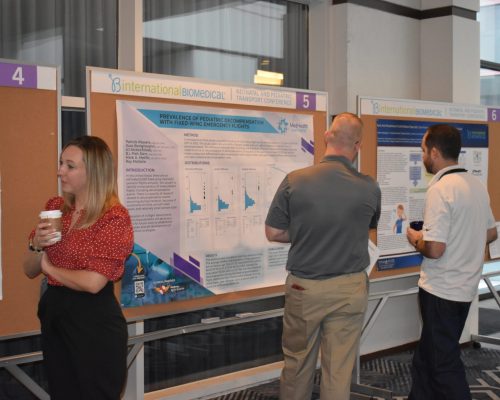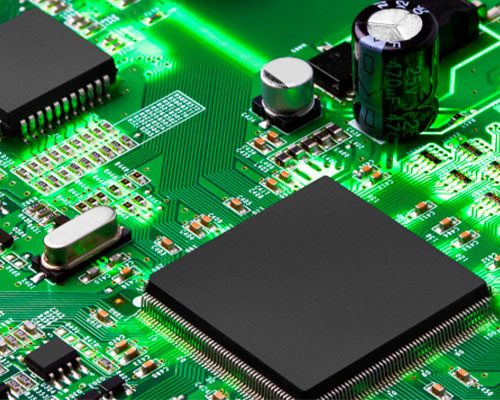Ensuring the safe transport of critically ill newborns is a top priority in neonatal care. Neonatal transport equipment must be designed with precision and the latest safety features to maintain the infant’s stability during transit. From temperature regulation to real-time monitoring, every detail matters. This blog post will explore the essential safety features in neonatal transport systems and how they contribute to better health outcomes for newborns.
Temperature Regulation and Thermal Protection
Maintaining an infant’s body temperature is crucial in neonatal transport. Hypothermia can lead to severe complications, making temperature control a key feature of neonatal transport equipment. Advanced systems use double-walled transport incubators, gel pillows and mattresses, and radiant warmers to provide consistent thermal support. Humidity control also plays a role in preventing moisture loss and ensuring thermal stability, particularly for premature infants with underdeveloped skin.
Respiratory Support and Ventilation
Newborns often require specialized ventilation support during transport, particularly those with underdeveloped lungs or respiratory distress syndrome. Integrated ventilators, CPAP systems, and oxygen delivery mechanisms are critical for ensuring adequate oxygenation. These systems allow precise control over FiO2 levels, preventing both hypoxia and hyperoxia, which can have long-term effects on an infant’s development. High-frequency infant ventilation options offer additional support for infants with severe respiratory complications.
Secure Restraint and Vibration Reduction
A neonatal transport system must ensure the infant remains securely positioned while minimizing vibrations and movement that could cause distress. Shock-absorbing transport incubators and soft yet firm positioning straps help maintain stability. The effects of transport—whether by ground or air—can introduce significant movement, so secure harnessing and reduced vibration technology is crucial in maintaining a stress-free environment for newborns.
Battery and Power Backup Systems
Neonatal transport equipment should have a reliable power backup system to prevent failures in life-supporting functions. Many transport systems incorporate long-lasting battery life, dual power sources, and emergency backup systems to ensure continuous operation. This feature is especially critical in air transport and extended ground travel, where access to a consistent power source may not be guaranteed.
Real-Time Monitoring and Alarms
Continuous monitoring of vital signs is essential during neonatal transport. Integrated systems should provide real-time data on heart rate, oxygen saturation, respiratory rate, and temperature. Advanced neonatal transport equipment includes smart alarm systems that notify medical staff immediately of any critical changes in the infant’s condition. Early detection of issues allows for rapid intervention, ensuring the safest possible transfer to a medical facility.
Infection Control and Hygiene Measures
Newborns are highly vulnerable to infections, so transport equipment must include strict infection control measures. Many systems now feature antimicrobial surfaces, easy-to-clean materials, and disposable components to prevent cross-contamination. Air filtration systems further protect neonates by reducing airborne pathogens, ensuring a sterile environment throughout transport.
Lightweight and Portable Design for Emergency Transport
A transport system must be lightweight and ergonomic to allow for quick and efficient movement. Equipment should be easy for medical staff to handle while ensuring the highest levels of safety for the infant. Modular designs allow for fast assembly and breakdown, enabling faster response times in emergency transport situations.
Compliance with Safety Standards and Certifications
All neonatal transport products should comply with strict safety regulations set by medical governing bodies. Certifications from organizations such as the FDA, FAA, and ASTM ensure that transport systems meet rigorous safety standards. Compliance with AAP (American Academy of Pediatrics) and NRP (Neonatal Resuscitation Program) guidelines further guarantees that neonatal transport solutions are optimized for infant care. Hospitals and medical transport teams should only invest in certified and field-tested equipment to ensure the highest level of safety.
Get the Right Neonatal Transport Equipment for Your Facility with International Biomedical
Selecting the right neonatal transport equipment is crucial for ensuring the safety and well-being of critically ill newborns. Features such as temperature regulation, respiratory support, vibration reduction, real-time monitoring, and compliance with safety standards provide peace of mind to healthcare providers and families alike.
For neonatal transport equipment designed with cutting-edge safety features, International Biomedical is a trusted name in the industry. Contact us today to learn more about our advanced transport solutions for neonatal care.



